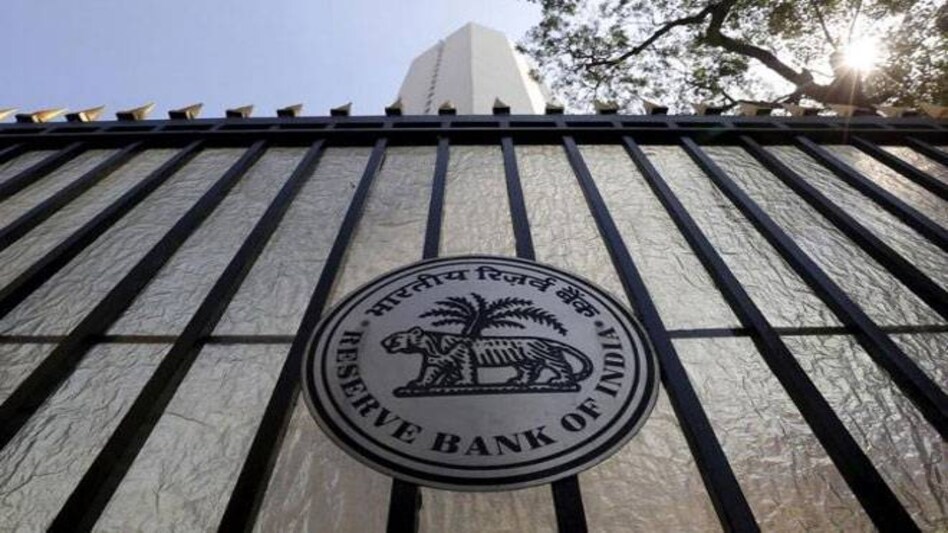

There is a monetary tightening taking place globally. The world's largest economy, the US, is on that path for the last three years. The Bank of England, too, has pressed the button to harden interest rates. In Asia, South Korea has increased the short term rates. In China, the bond yields are hardening to indicate an interest rate hike very soon. The Indian short term interest rates, signalled through repo rate, also seems to have bottomed out at 6 per cent. The Reserve Bank of India (RBI) is now expected to hold the rates at its fifth bi-monthly monetary policy statement on Wednesday. Is India inching towards monetary tightening cycle?
The repo rates have seen ups and down in the last decade. Around the time, when global financial meltdown was about to explode in the US and Europe, the Indian repo rate were at 8 per cent because of the high inflation in the economy. The rates went up briefly to 9 per cent in the same year, but later when world economies started to crash, the RBI's repo rate fell very sharply to 4.75 per cent in less than a year.
Later , the repo rate again started to firm up on high inflation. In the period between April 2009 to 2011, the repo rate again went up to 8.50 per cent. The interest rate softening cycle then again started from 2011 per cent. In the next six years , the short term repo rates glided down from a high of 8.50 per cent to a low of 6 per cent in October this year. The expectations from here on are for a pause or a possible hike next year, if the inflation persist. The ominous signs are coming from crude oil, which is a major item of India's import with implication on inflation. Similarly, the market is closely watching the fiscal deficit numbers where the government has so far maintained that there will not be any slippages.
Globally, the US Federal Reserve stayed its short term rates at nearly zero level at 0.25 per cent for seven long years between 2008 and 2015. In December 2015, the UD Fed rate for the first time raised the rates to 0.50 per cent. In the last 18 months, the rates have gone up to 1.25 per cent. There are expectations now for the rates to move to 1.50 per cent by the end of current year. Next year, it may touch 2 per cent and 3 per cent by 2019. Similarly, the Bank of England raised its short term rates for the first time in a decade. The current rates are at 0.50 per cent and there are expectations of rates reaching 1 per cent by next year.
In the Asian region, South Korea has raised the rates for the first time since 2011. China, though , hasn't tinkered with rates for the last two years , but there are strong signals from the bond market where yields are hardening. It is only a matter of time for China to follow the suit.